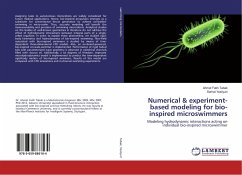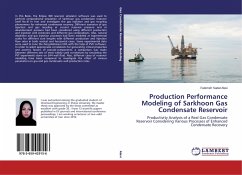Assigning tasks to autonomous microrobots are widely considered for future medical applications. Hence, bio-inspired propulsion emerges as a substitute for conventional thrust generation to achieve controlled-swimming in micro-realm. Thus, accurate modeling will benefit the maneuverability and precision of swimming microrobots. Analytical studies on the bodies of well-known geometries in literature do not address the effect of hydrodynamic interactions between integral parts of a single-celled organism. In order to explain these phenomena, we studied rigid-body kinematics and hydrodynamics of bio-inspired swimming. Flow-field associated with bio-inspired swimmers is studied by means of time-dependent three-dimensional CFD models. Also, an on-board-powered, bio-inspired cm-scale-swimmer is implemented. Performance of rigid helical tails with parameterized wave geometry is observed in cylindrical channels filled with viscous oil. Additionally, a six degrees of freedom, improved microhydrodynamics model is implemented to predict the time-dependent rigid-body motion of bio-inspired swimmers. Results of this model are compared with CFD simulations and in-channel swimming experiments.
Bitte wählen Sie Ihr Anliegen aus.
Rechnungen
Retourenschein anfordern
Bestellstatus
Storno








